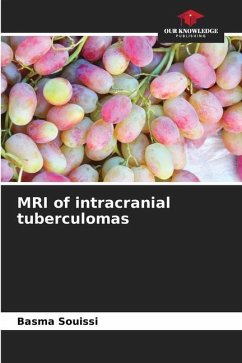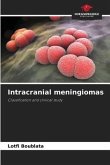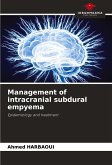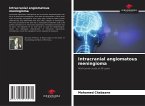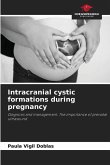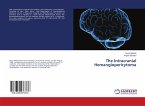Cerebral tuberculosis accounts for 25-30% of extra-pulmonary localizations, and tuberculomas are the second most common form after meningitis. In our series, we reported 30 cases of intracranial tuberculomas (TBI), with tuberculomas located supratentorially in 27 cases and subtentorially in 15 cases. These lesions were multiple in 26 patients, with one case of cerebral miliaria. Tuberculomas were coalescent in a "grape cluster" pattern in 20 cases. Their signal intensity varied according to their stage. Diffusion sequences in 7 patients showed hypersignal diffusion with low ADC (n=2) and hyposignal diffusion with high ADC (n=5). Spectroscopy showed decreased NAA and NAA/Creatinine ratio (n=3), increased Choline/Creatinine ratio (n=2), lactate-lipid peak and increased Choline/Creatinine ratio (n=1). These tuberculomas were associated with other lesions in all cases. MRI represents an excellent, reproducible and innocuous means of making a positive diagnosis, establishing an exhaustive lesion assessment and ensuring post-therapeutic monitoring.
Bitte wählen Sie Ihr Anliegen aus.
Rechnungen
Retourenschein anfordern
Bestellstatus
Storno

